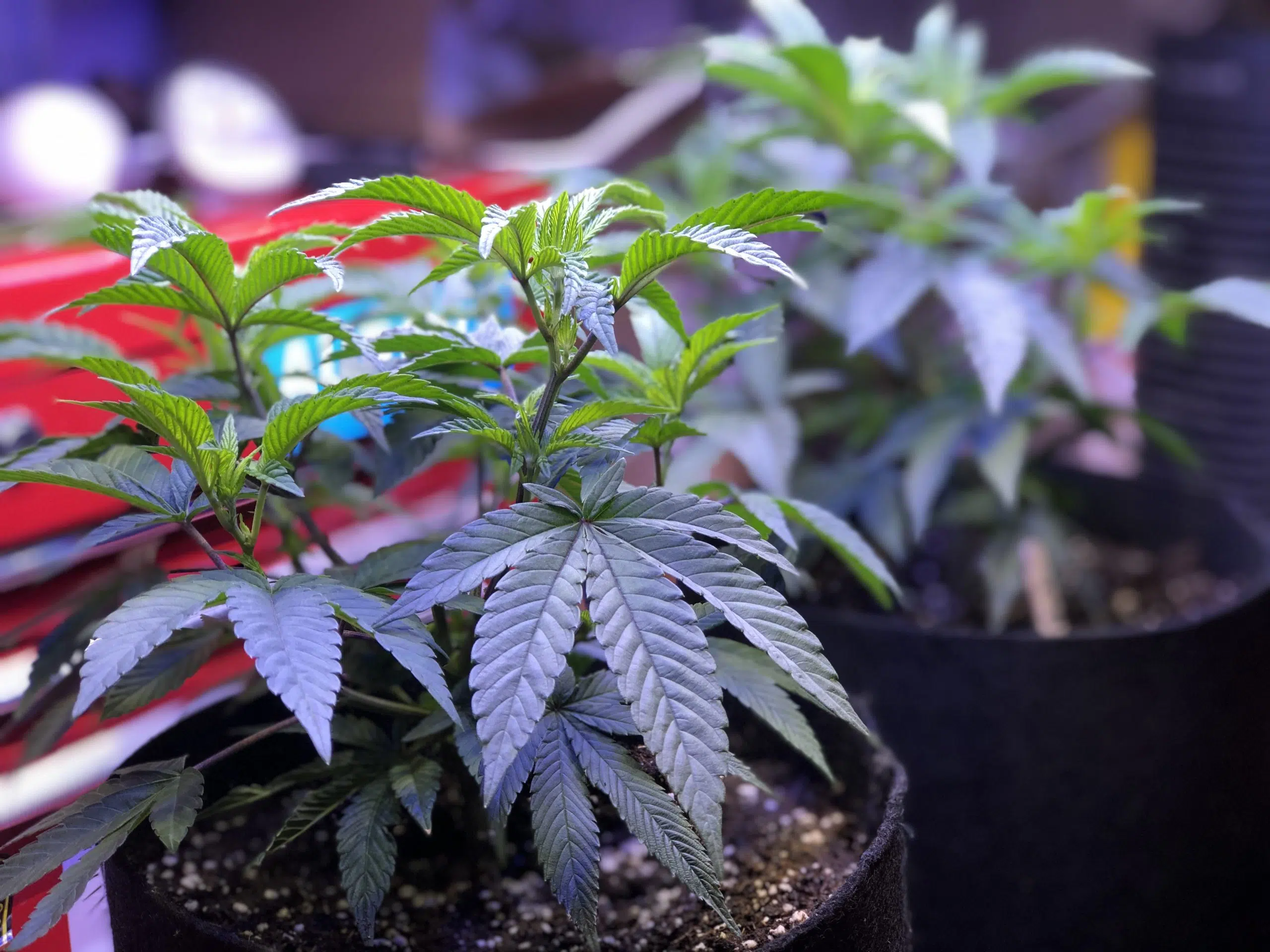
Why terpenes matter as much as THC when it comes to buying cannabis
Most customers walking into a licensed retail cannabis store are looking for one thing when deciding what to buy.
Bang for their buck.
But what does that really mean?
“What they consider bang for their buck is a low price-point with a high THC (tetrahydrocannabinol),” said Chris Felgate, owner of Small Town Buds, a retail store in Devon, Alta., just south of Edmonton.


